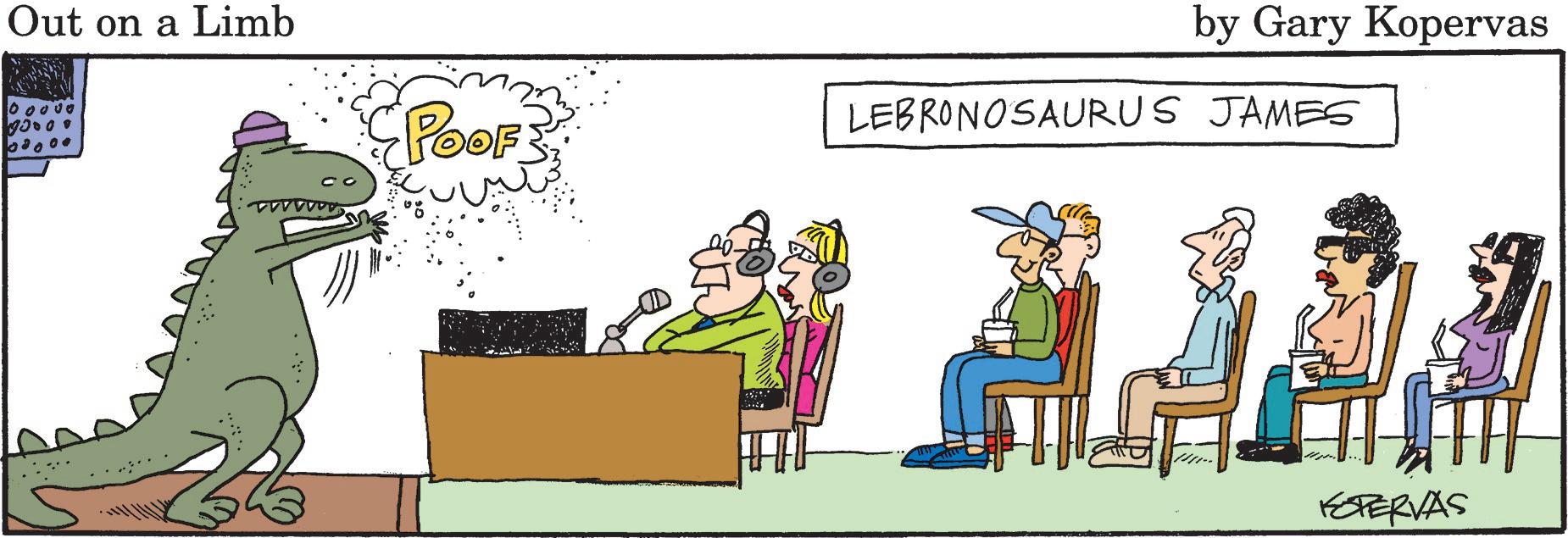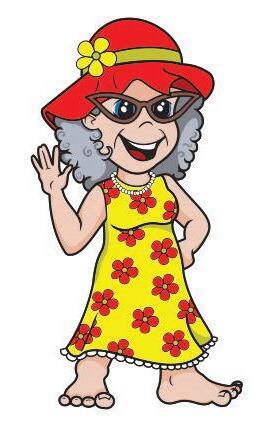


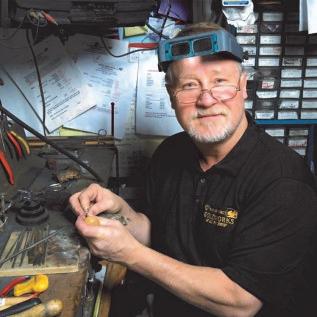


 by Janet Spencer
by Janet Spencer
As we head into the summer heat, let’s appreciate the comfort of air conditioning!
In The Beginning
• Willis Carrier was an engineer who worked for a publishing firm in New York City in 1902. In the summer, problems arose because the paper would absorb the humidity in the air and become wrinkled, jamming up the presses when it rolled through. The ink took a long time to dry. Paper had to be rolled through the press several times for full -color images, but the lines wouldn’t match up because the paper was warped. Carrier was tasked with fixing this problem.





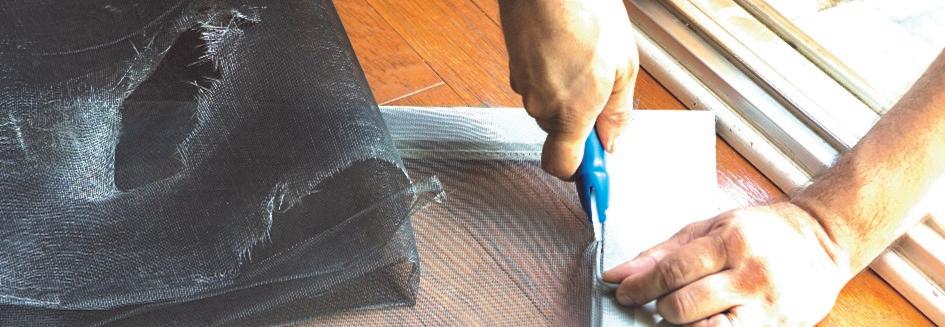
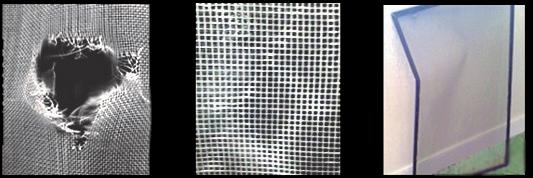

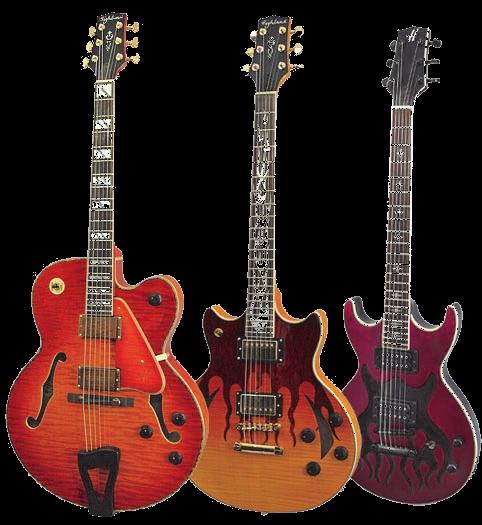
• Carrier thought about the fog that condensed on window panes and how water would trickle down the outside of a glass that contained a cold drink. His solution was to run cold water through pipes, with a fan blowing air over them. Humidity in the air condensed on the pipes, making the air cooler and dryer. This was the basic design from which all air conditioners sprang.
• Willis Carrier patented his idea and established his own company in 1915. Today, the Carrier Air Conditioner Company, based in Florida, employs around 53,000 people. (cont)







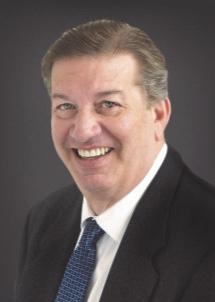


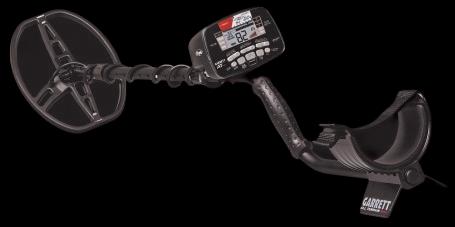




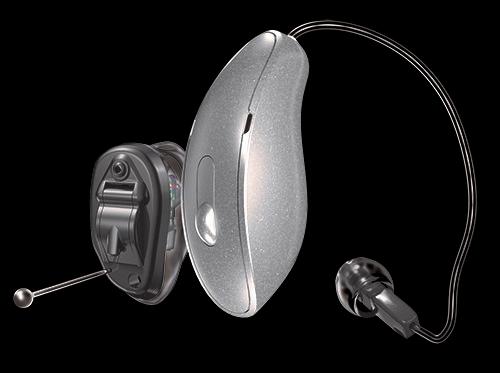







Drug

Your

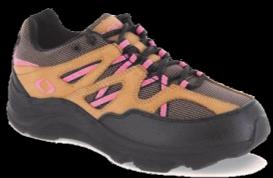
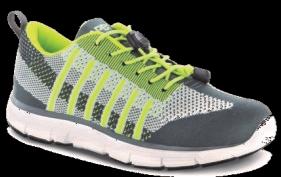

Therapeutic Footwear

Ask us how you could qualify for
AIR CONDITIONING (cont)
• In 1906, North Carolina textile manufacturer Stuart Cramer modified Carrier’s design to add water vapor to the air instead of taking it away. Cool, humid air made the yarn easier to handle and less likely to break, improving the quality of his fabrics. Cramer was the first person to coin the term “air conditioning,” a far less bulky moniker than Carrier’s name of “Apparatus for Treating the Air.”
• When air conditioning first began to gain a foothold in public places, movie theaters were among the first to exploit it. Citizens sweltering in urban heat waves escaped for a cool afternoon inside their local airconditioned theater to watch a summer blockbuster with a cool drink and a bucket of hot popcorn. Hollywood catered to the fad, releasing their biggest flicks to coincide with the arrival of the first summer heat waves.
• The tradition of letting school out for summer vacation arose for several reasons. Children often needed to help on the family farm during growing season. Wealthy families preferred to leave their city homes and escape to their cooler summer abodes. And the heat of the sweltering un-air-conditioned schoolhouses made it difficult for children to concentrate on schoolwork.
• Who was the first U.S. president to enjoy the luxury of an air-conditioned White House? Herbert Hoover, when the first air conditioning was installed in the West Wing shortly after the stock market collapsed in 1929. The project, costing an estimated $30,000 of U.S. taxpayer money, was completed in 1930. That would be well over half a million dollars in today’s currency.
• By 1933, air conditioning had been added to the private quarters of the White House for the comfort of Franklin D. Roosevelt. (cont)

In this issue of TidbitsMOV our girl Tammy Tidbits is hiding.

When you find her, to enter the weekly contest, please send us a message including name, mailing address and email, the issue number you are referring to and which ad is hosting Tammy for the week! Visit www.tidbitsmov.com or send the answer with the above information to alan@tidbitsmov.com OR you may send us a private message to our Facebook page - Tidbits MOV.
PLEASE do not post the answer directly to the page - that ruins the fun for everyone. All winners will be drawn randomly from correct responses and will be posted weekly. As with all our contests, though you are welcome to play every week, you are only eligible for one winner per household per month. www.tidbitsmov.com


David L from Marietta Found Tammy In Issue 1238
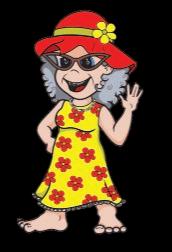







AIR CONDITIONING (cont)
• AC units first measured their output in “Ice Power” referring to how many blocks of ice it would take to produce the same cooling. Now it’s measured in BTUs (British Thermal Units) which estimate how much heat can be removed in one hour.
• By 1932, the first window units were on the market, designed to sit right on top of the windowsill. Sales were slow because the country was in the middle of the Depression and the units were expensive. The average wage was $0.64 per hour ($15/hour today), and an air conditioner cost $416 ($9,820 today) requiring 650 hours to buy it. Today, at a wage of $15/hour and a low-end model costing around $150, a worker only needs about ten hours to afford one.
• Gradually the price dropped and the units became more compact. After World War II ended, air conditioning became a status symbol. In 1953, a record 1 million were sold.
• The first automobile company to build cars with “weather conditioners” built-in was Packard, in 1939. Several issues made it problematic. It was expensive. The evaporator and blower took up most of the space in the trunk. Dashboard controls hadn’t been invented yet, so to turn the AC on, the driver had to stop, pop the hood, and disconnect the compressor belt. The timing was wrong, as the Depression had just ended and World War II had just begun. Most people could not afford it, and it was considered a flop.
• The rising popularity of air conditioning resulted in a population explosion in southern states such as Florida, Nevada, Arizona, and Texas. Between 1950 and 2000, the population of these areas jumped between 28% and 40%. Most of the nation’s industries were headquartered in the Northeast until it became possible to cool southern factories.

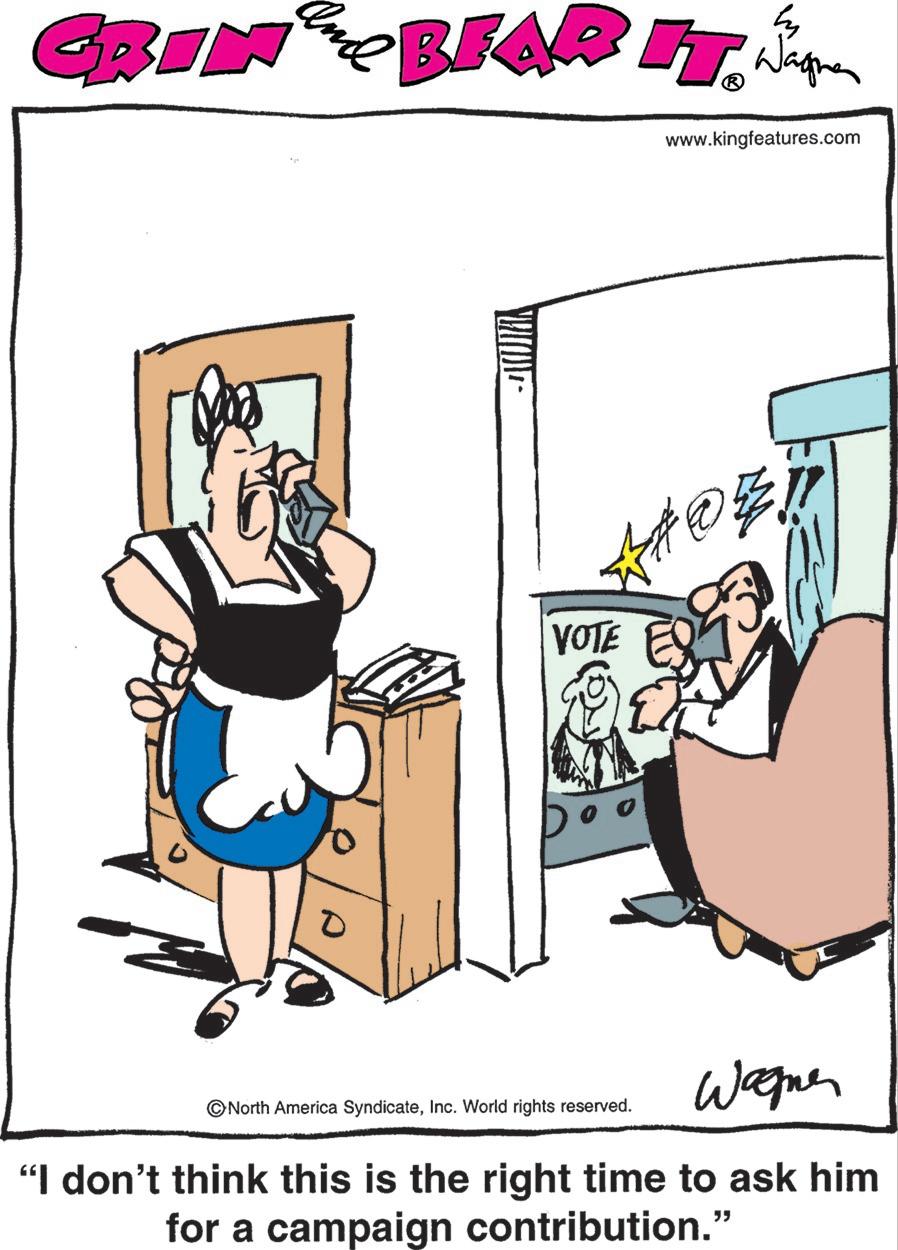





AIR CONDITIONING (cont)
• By 1960, an estimated 30% of homes in Texas were air-conditioned, a higher percentage than any other place in the nation. In 1965 the Houston Astrodome became the world’s first air-conditioned stadium.
• Japan has the most air conditioners per capita, with 91% of households having AC. The U.S. comes in second with 80%. The only other country that comes close is South Korea with 86%. Saudi Arabia comes in at 63%, China at 60%, and all other countries fall far below that threshold. Regarding which country uses the most energy to power its collective air conditioners, that would be China.
• Since 2000, over 95% of new homes in the U.S. come with air conditioning.
• The world’s largest HVAC (Heating Ventilation Air Conditioning) system is in the Holy Mosque in Mecca, Saudi Arabia, designed to cool a space that gets up to 1 million visitors each month, in a climate where temperatures often top 100°F. (37.8°C)
• The largest and most powerful AC units in regular use in the U.S. are custom-built to ensure a steady, stable micro-climate in large greenhouse complexes where biologists are experimenting with growing new and experimental types of crops.
• The smallest air conditioners are micro-units designed for use in prison cells, where they’re a perk given to VIP prisoners such as diplomats and international spies.
• Today the world’s largest producer of air conditioners is the Japanese-owned conglomerate Daikin, headquartered near Houston, Texas. It’s thought to be the third largest factory in the US, after Tesla in Austin and Boeing in Washington state.
• It’s estimated that there are over 1 billion single-room air conditioners worldwide.

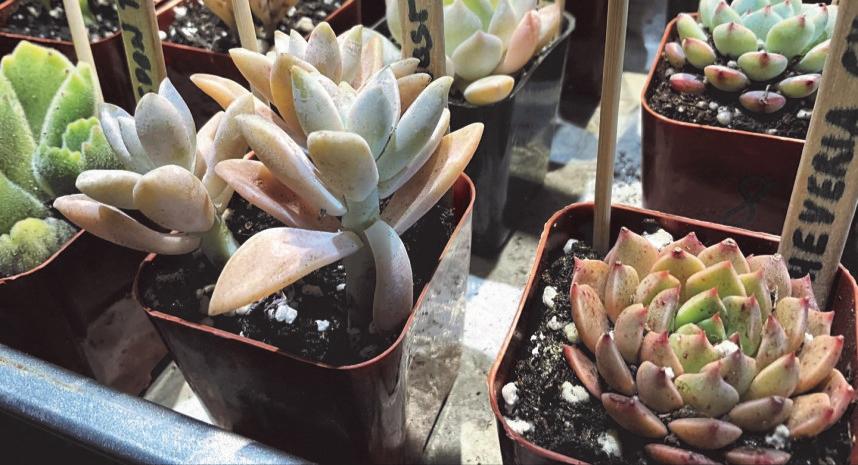







Wine & Beer Making Kits
Mon-Sat 11a to 7punicornwineguild.com
1816 Washington Blvd. Belpre (across from Hardees)

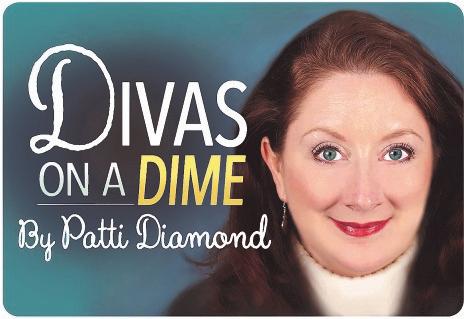
Lunchtime Liberation: Let Quinoa Power Up Your Midday Meal
In the hustle and bustle of life, the midday meal often becomes an afterthought, relegated to hurried sandwiches or uninspired leftovers. Want to transform your lunch hour into a comforting moment of culinary pleasure and practicality? Enter quinoa, the unsung hero of the lunch prep scene. Quinoa (pronounced KEEN-wah) is a versatile grain-like seed that has been a staple in South American cuisine for centuries. What sets quinoa apart is its exceptional nutritional profile, boasting high levels of protein (8 grams per cup!), fiber and essential nutrients like iron and magnesium. Preparing salads with quinoa not only elevates the nutritional profile of your salads, but also streamlines your weekday routine. Picture this: a Sunday afternoon spent prepping a week's worth of quinoa salads, loaded with vegetables, ready to grab and go for the week ahead. With its nutty flavor and fluffy texture, quinoa serves as a blank canvas for endless culinary creations.
SIMPLY QUINOA
Yield: 4 cups
Total Time: 27 minutes
1 cup quinoa
1 3/4 cups water, chicken broth or vegetable broth 1/2 teaspoon salt
Start by rinsing the quinoa under cold water to remove any bitter saponins. Saponins are natural compounds in quinoa that can impart a bitter taste if not rinsed off before cooking. A fine mesh sieve works well for this. In a medium pot, combine the quinoa and water.


Bring this to a boil, cover and reduce the heat. Simmer gently for 15 minutes. Remove the pot from the heat and let it rest, covered, for 10 more minutes. Then remove the lid and fluff with a fork, et voila perfectly cooked quinoa ready to be incorporated into a variety of salads. Store refrigerated for up to five days or in the freezer for up to two months
Instant Pot directions: Combine 1 cup rinsed quinoa with 1 1/2 cups water, pressure cook on HIGH for 1 minute. Allow natural release. Fluff and enjoy. On its own, quinoa is quite bland. For the most flavor, combine the warm quinoa with a flavorful dressing right away.
SOUTHWEST QUINOA SALAD
(pictured)
For Dressing:
3 tablespoons fresh lime juice
1tablespoon Dijon mustard
1/3 cup extra-virgin olive oil
1 teaspoon chili powder
1/4 cup shallot or green onion, minced
2 tablespoons cilantro, minced Kosher salt and black pepper, to taste
For Salad:
3 to 4 cups quinoa
1 red pepper, diced
1 (14.5 ounce) can black beans, drained and rinsed
1 (14.5 ounce) can corn
1/2 cup green onion, sliced
1 to 2 cups chicken, cubed or shredded
For serving, optional tomatoes, avocado
In a large bowl, whisk the dressing ingredients with a generous pinch of salt and pepper. Add quinoa to the dressing and mix to coat. Add the other salad ingredients and fold together until evenly mixed. This salad will keep for up to five days. For serving, add tomatoes and avocado.
More quinoa salad ideas: For salads you should measure with your heart, add chicken if desired.


HENSLER’S HENSLER’S TOWN & COUNTRY TOWN & COUNTRY MARKET MARKET

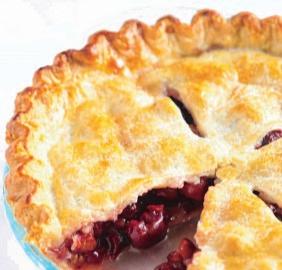
1090 S. Pleasants Hwy St Marys WV

Caprese: Dress quinoa with Italian dressing and tomatoes, add mozzarella pearls, fresh basil leaves.
Mediterranean: Dress quinoa with Greek salad dressing, add cucumber, red onion, kalamata olives, lemon juice, parsley.
Curry: Dress quinoa 1/2 cup each olive oil and lemon juice with 1 tablespoon curry powder. Add shredded carrot, red pepper, red onion and green onions.
Tabbouleh: Dress quinoa with 1/2 cup each olive oil and lemon juice, add peas, red onion, red pepper, parsley and fresh mint.
Let quinoa revolutionize your lunch routine with its convenience, nutrition and cost-effectiveness. This proves that wholesome eating doesn't have to break the bank or sacrifice flavor.
***
Lifestyle expert Patti Diamond is the pennypinching, party-planning, recipe developer and content creator of the website Divas On A Dime Where Frugal, Meets Fabulous! Visit Patti at www.divasonadime.com and join the conversation on Facebook at DivasOnADimeDotCom. Email Patti at divapatti@divasonadime.com
(c) 2024 King Features Synd., Inc. Savor this colorful Southwest quinoa salad a lunchtime delight!
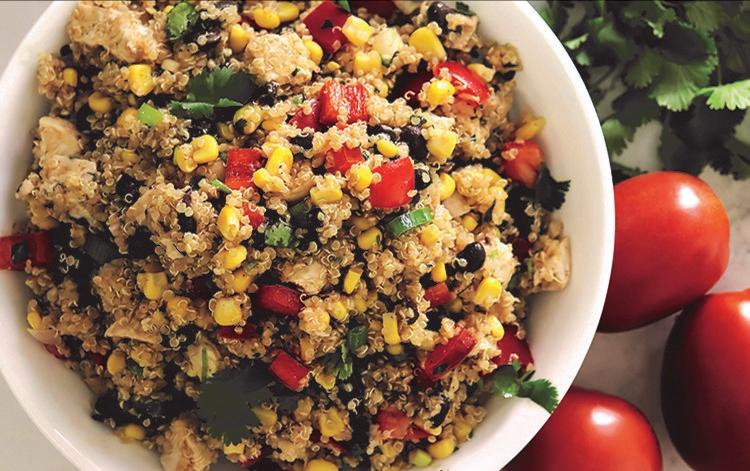





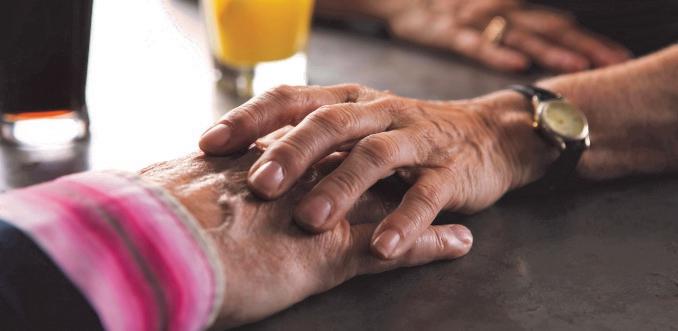
Support Clients In: Substance Use Treatment or Mental Health Programming or Individuals w/Intellectual & Developmental Disabilities
Start at $13-$14/hr. Paid Time Off Paid Training Health & Wellness Benefits
Must Have: High School or Equivalent Education, Drivers License, Current Insurance, Drug Screen & Background Check

Beautiful Body BLONDS


• Blond hair is relatively rare globally, while being extremely common in certain areas. It’s estimated that about 84% of the world’s population has black or dark brown hair. Brunettes come in second with 11%. Only about 3% of the population is blond, and an additional 2% are redheads.
• The percentage varies regionally. Black is the most common throughout Africa and Asia. But in the U.S., only 7.5% of the population has black hair. Scotland has the highest percentage of redheads, with 13%. Red hair with blue eyes is the rarest combination of hair and eye color. Blond and blue-eyed is the second least common. Dark brown hair with brown eyes is the most common.
• Blond hair evolved about 11,000 years ago, at the end of the last Ice Age, due to a mutation in the genetic code. Of the 13 billion “letters” in human DNA, a single letter switched. That allowed the variations of hair color we see today. Blonds likely stood out in the crowd to such an extent that they attracted mates with great regularity, spreading the gene.
• Around the same time, eye color also diversified, although a different gene controls it. The genetics of blond hair affect only the hair color, not the eye or skin color. Still, however, the more melanin in the eye’s iris, the darker the color.

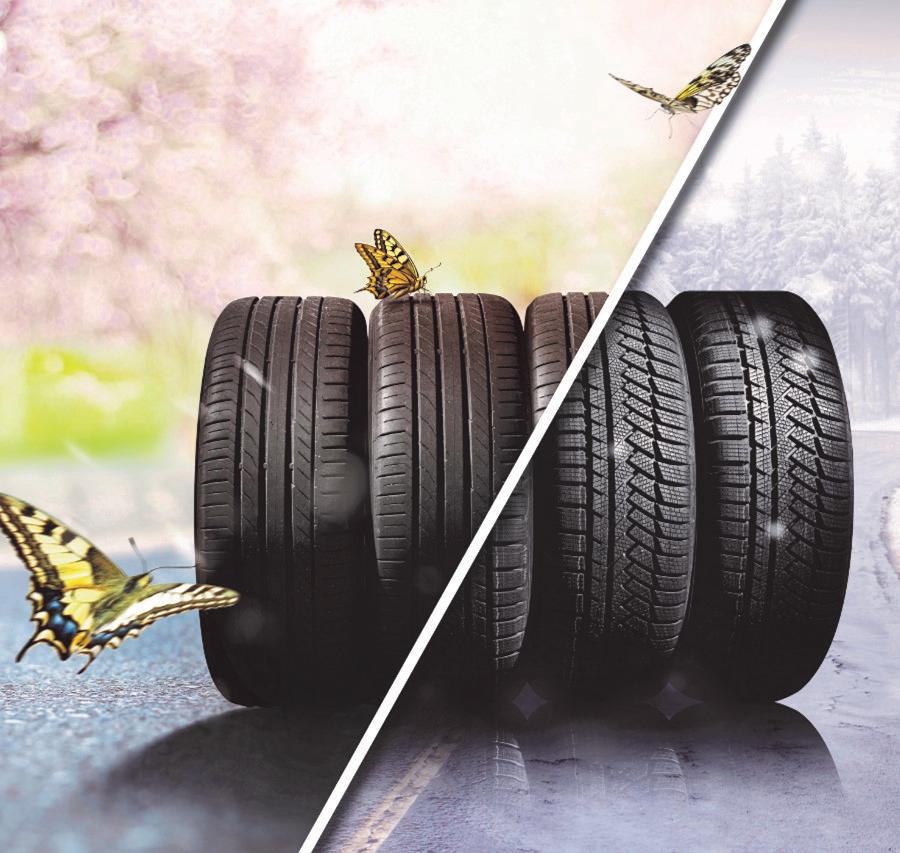

• The people of Finland have one of the highest concentrations of blond hair. Nearly 80% of their population has blond hair, and 89% of the population has blue eyes. Sweden, Norway, Iceland, Latvia, Lithuania, Estonia, and Denmark also have high percentages of blue-eyed blonds, ranging between 50 and 79% of the population. (Continued page #7)



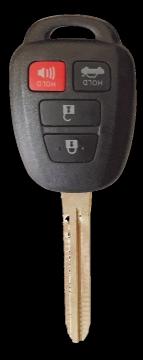











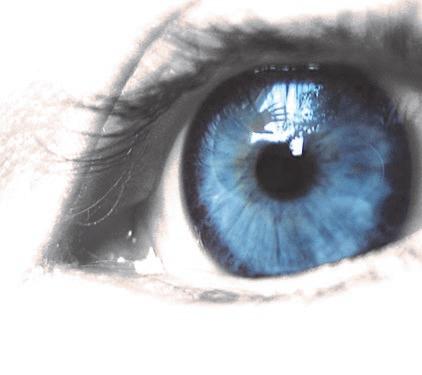
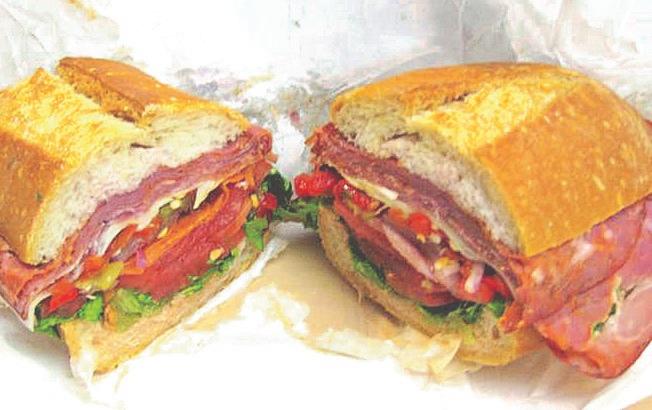
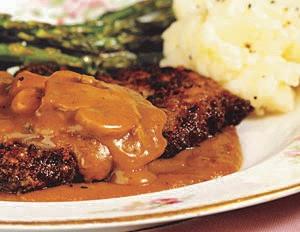













Dr. Bob Says…

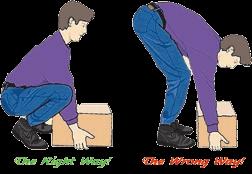







Headline
DEAR PAW'S CORNER:
My little dog Barnsey is quite a barker for a terrier, but for the past several days his bark has been very hoarse. He sometimes snorts or sneezes, too. I make sure he has plenty of water, but I'm not sure what else to do. It doesn't seem to be getting better. Faye H., Hartford, Connecticut
DEAR FAYE: This is a perfect time to take Barnsey to the vet. Chronic hoarseness when barking can have several different causes, and the veterinarian can better evaluate him to see what's happening.
I'll go over some of the reasons for a barker suddenly getting hoarse. Laryngitis is a common diagnosis, but it's important to figure out the cause. A bacterial or viral infection may be the culprit, or gastroesophageal reflux (where stomach acid flows up into the esophageal tract, causing irritation and inflammation).
Less common causes are masses or tumors growing on or near the dog's larynx, or other conditions affecting the larynx. These may require surgery, and the vet will discuss this option with you.
The vet will evaluate Barnsey to see if he has an infection, acid reflux, or if the hoarse barking has another cause. They'll then be able to recommend an effective treatment. For example, a bacterial infection would likely be treated with antibiotics. A viral infection has to run its course, but Barnsey would be treated with medications to make him comfortable and reduce inflammation.
If acid reflux is the suspected culprit, the vet may recommend changes to his feeding schedule and the amount of food at each meal. You can also try different varieties of dog food.


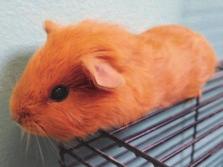

Go ahead, embarrass yourself... Show our advertisers your Tidbits☻



Send your tips, comments or questions to ask@pawscorner.com.
(c) 2024 King Features Synd., Inc.






BLONDS (cont)
• There are several places in the world where dark-skinned people with blond hair are found. In some regions of Australia, up to 90% of Aboriginal children are born blond. People in the Solomon Islands have some of the darkest skin outside of Africa, yet between 5% and 10% have naturally blond hair. About 10% of the Melanesians of New Guinea are blond. Researchers found that in these cases, the flipped genetic “switch” was entirely different from the one in Northern Europe, proving that blond hair evolved not once, but twice.
• Melanin is the pigment that determines hair color, eye color, skin color, and how easily the skin tans. The name comes from the Greek meaning “black” or “dark”. In hair, there are two types of melanin. The balance of these two pigments determines hair color.
• Blond hair tends to be thinner than other colors. As a result, more hair can fit on the scalp. A natural blond might have 150,000 individual hairs, while brunettes have 100,000 and redheads only 90,000. The density and the darkness of hair protects the head and scalp from the sun’s damaging rays. Because blonds have the least melanin not only in their hair but also in their skin, they are more susceptible to sunburn and skin cancer.
• The factors that govern hair color do not stay constant throughout one’s life. It’s common for blond-headed children to become brunettes when puberty sets in, as the melanin in the scalp increases. Many new mothers who were blond before pregnancy find themselves brunette after giving birth.
• Only one out of every 20 white American females is a natural blond. When it comes to hair dye, however, one-third of women who dye their hair choose to be a blond.






* Have stubborn stains in the toilet? Put some teeth in your cleaning job by dropping in a denturecleaning tablet and letting it sit overnight. In the morning, scrub and flush. It just might do the job.
* "Lighten blemish spots on your skin with lemon juice. Just dab on several times per day." O.M. in Georgia

* "Collect small bits of soap into a cup or jar. When you have several, add a tablespoon or two of water to the cup to soften the soap pieces. When they are moderately soft, pour out the contents on a washcloth, fold it over and press into a bar shape with your hands. Peel away the cloth to reveal what should be a reasonably solid new bar of soap." C.T. in Pennsylvania
* Save power with this tip: Use cold water to wash towels and jeans. Then hang them to dry preferably outside, but on an inside line is OK, too. When they are mostly dry, pop them in the dryer on air dry to
fluff up. Towels and jeans take the longest to dry in the clothes dryer, and use a lot of electricity.
* Take soap scum right off your shower curtain spray with vinegar and water mixture, then throw it in the washer. Hang it right back up, and those mildew stains are gone!
* "When canning or doing another job, always do the thing you hate first, then the rest will be easier." L.D.W. in Illinois Send your tips to Now Here's a Tip, 628 Virginia Drive, Orlando, FL 32803.
(c) 2024 King Features Synd., Inc.
